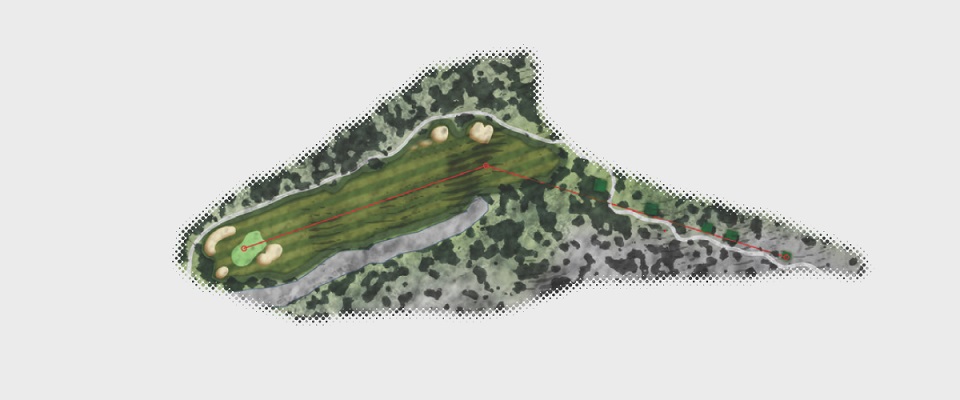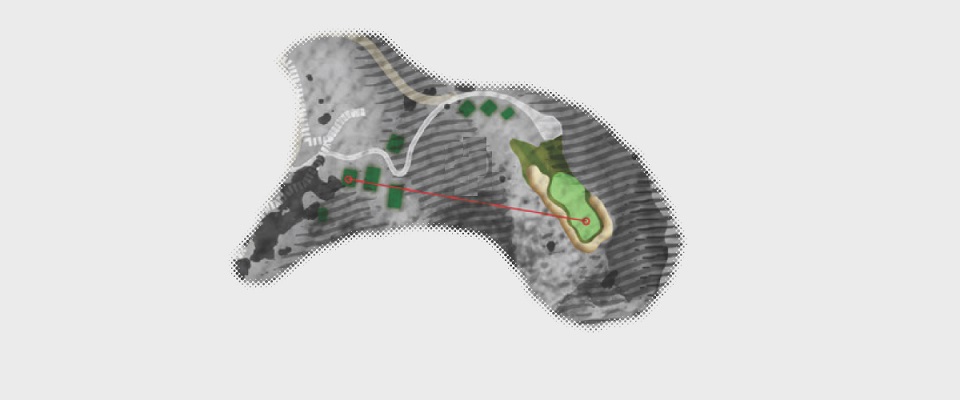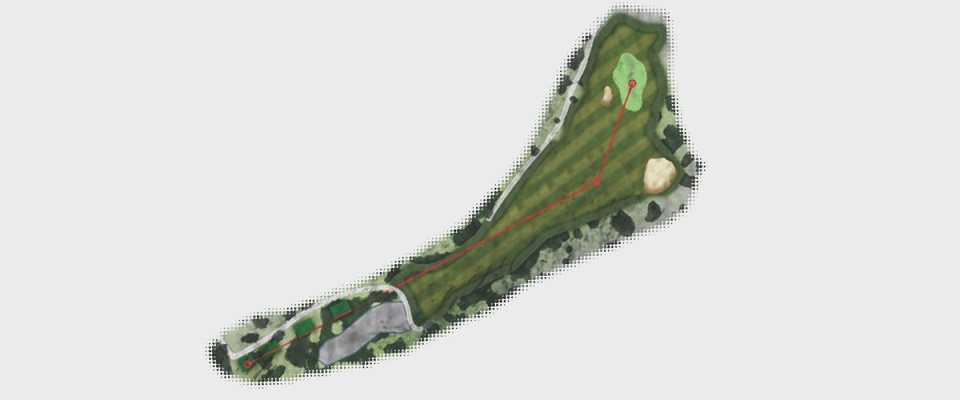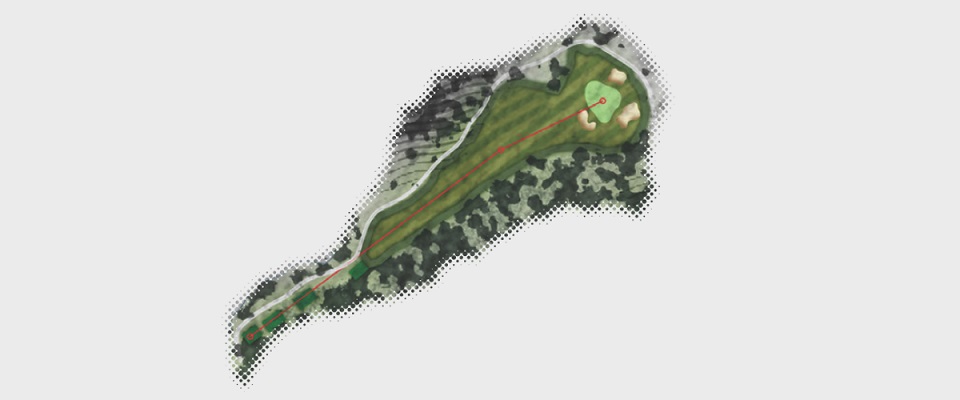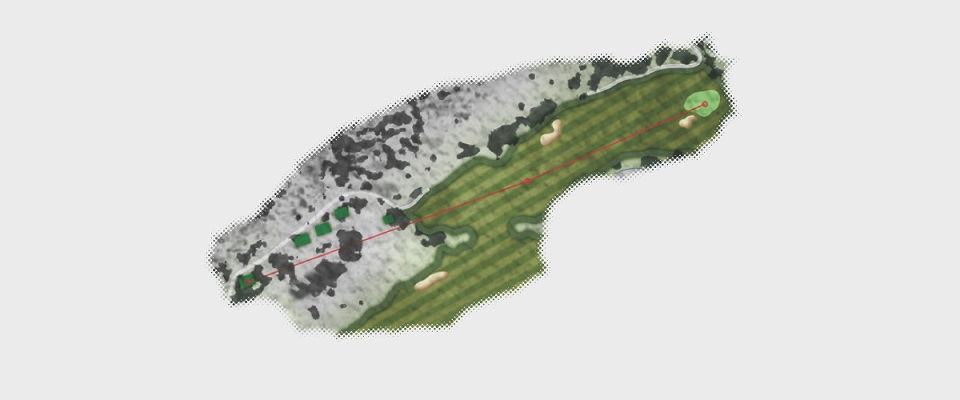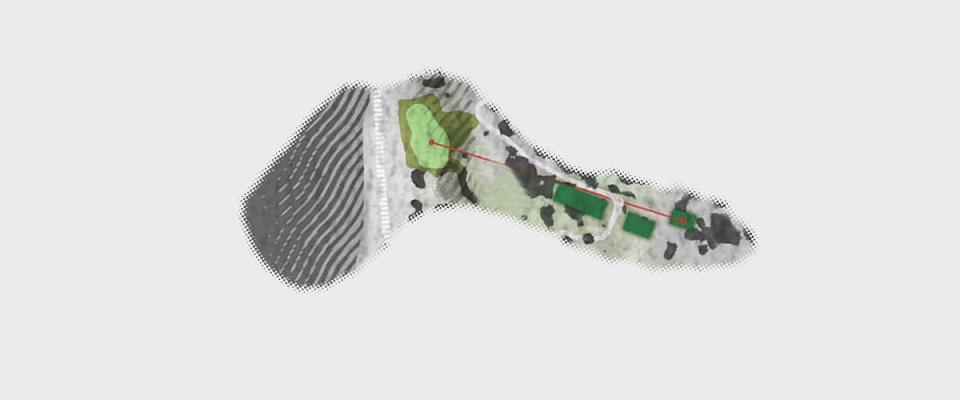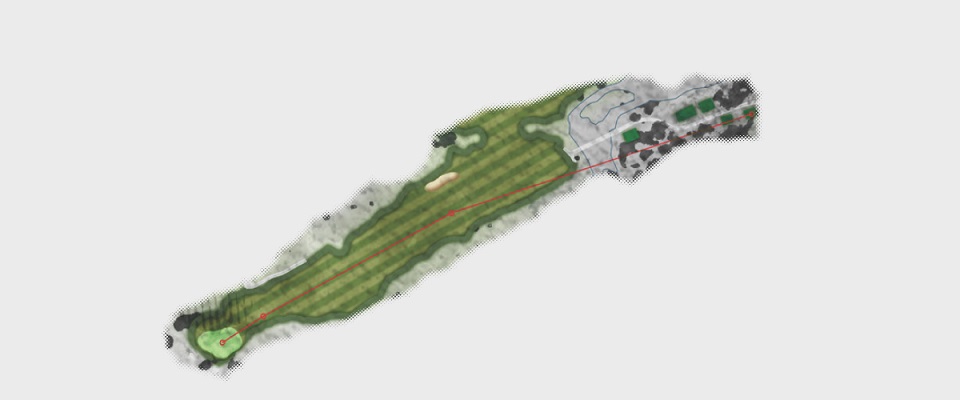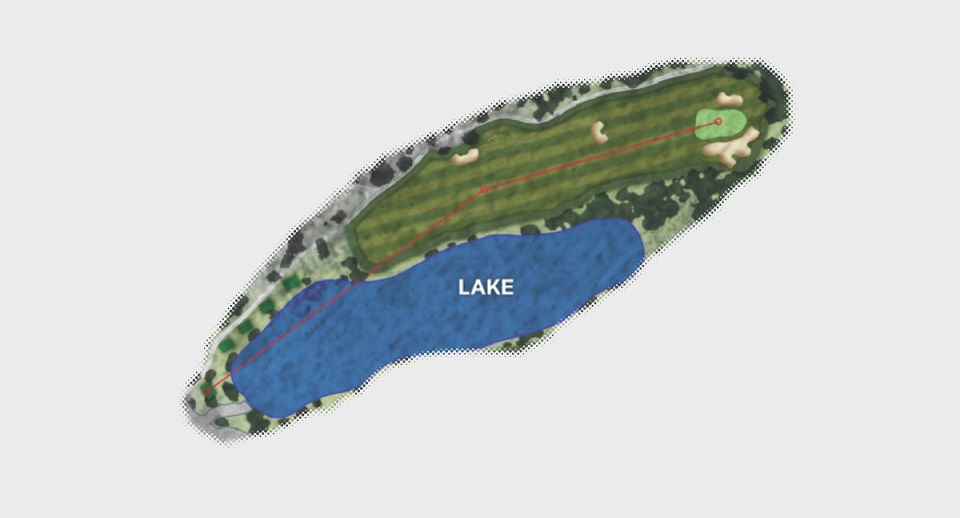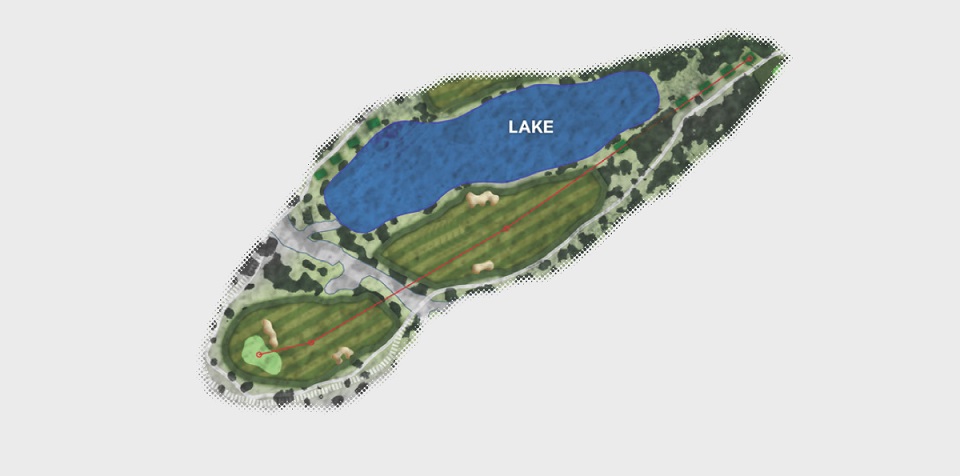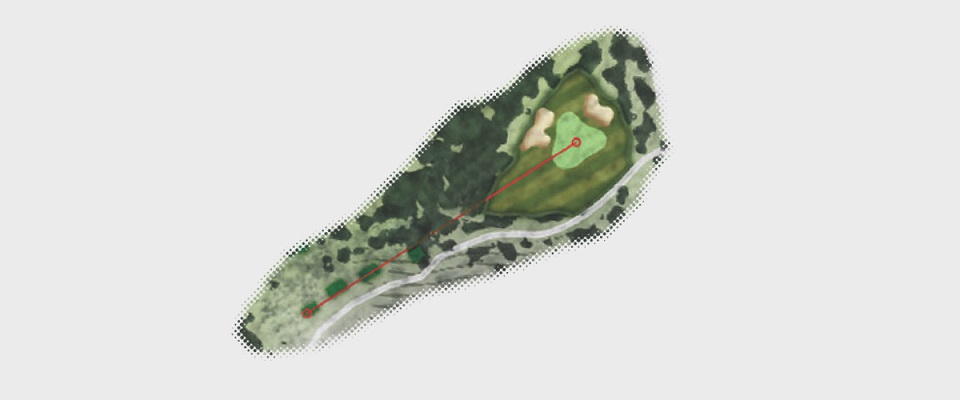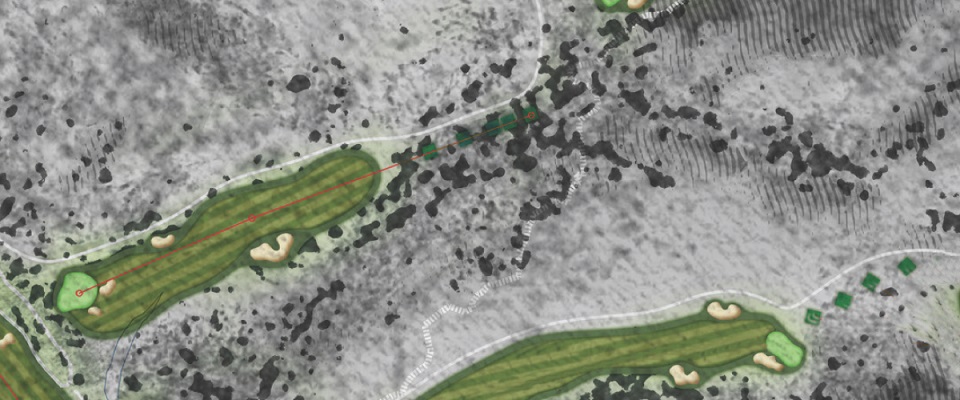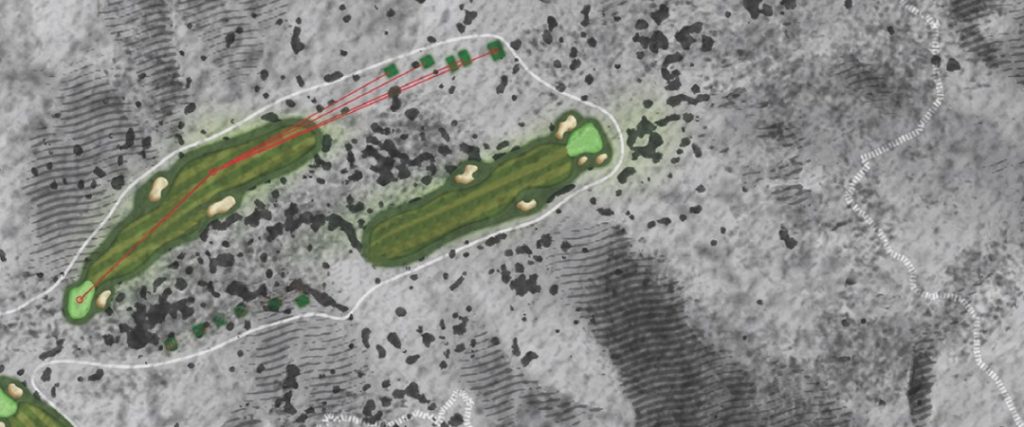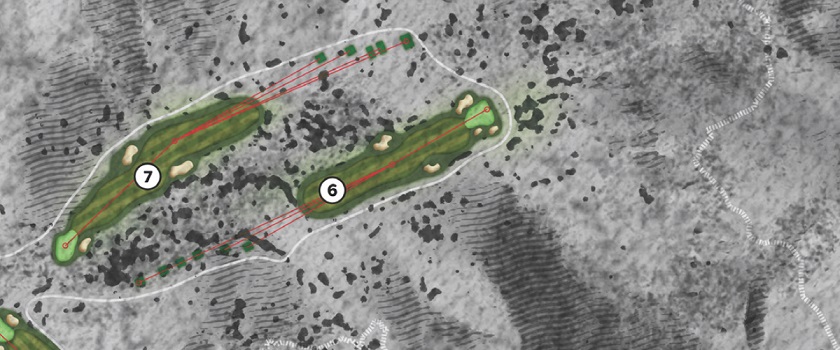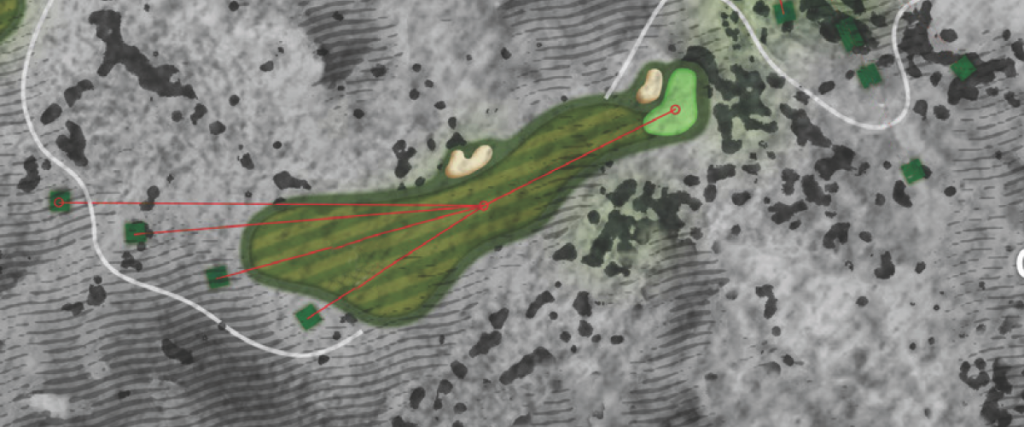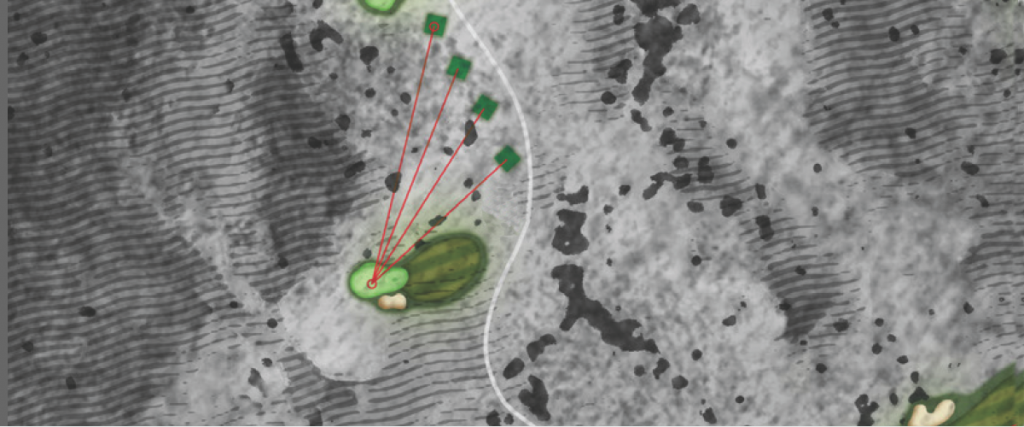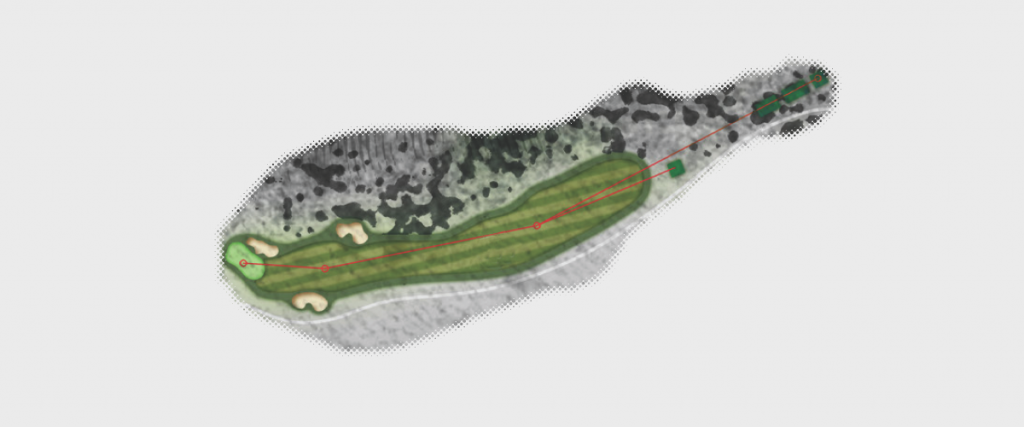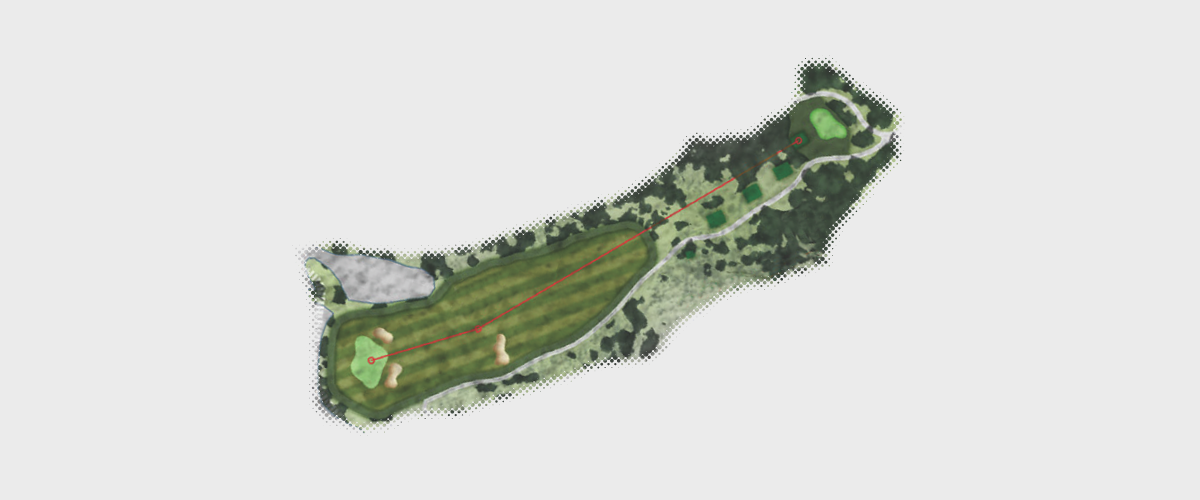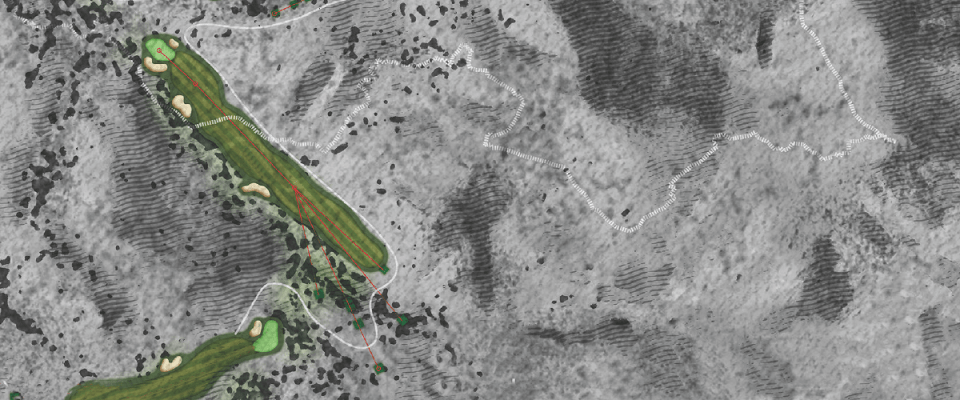


10 Ways For Senior Golfers to Maintain (or Even Gain) Distance
It’s often been said that the only thing a golfer can’t overcome is distance. You can sharpen your short game, improve your putting stroke and hone your course management skills, but these steps can only take you so far. A golfer who can drive the ball a good distance and hit shorter clubs into greens has a marked advantage over players with less pop.
This is especially true for players on the back nine of life. As we get older, our muscles are not as strong or elastic as they were when we were younger. We often can’t rotate our shoulders or turn our hips fully to create a powerful coil, one of the keys to distance.
It should be noted that while TPC Danzante Bay favors accuracy and shot placement over a ‘grip it and rip it” style of play, golfers tend to worry about how getting older will impact their game.
“As a golfer ages, it’s natural to think that they’re going to lose distance off their golf shots,” said Kellie Stenzel, a GOLF Magazine Top 100 Teacher. “But it doesn’t have to be that way and, in fact, the opposite can happen — so long as you know the right fundamentals. Sure, our bodies may not be capable of performing the way they did 30 years ago, but there are still ways that senior golfers can maintain the distances they’re looking for.”
Ten Ways Seniors Can Turn Back the Hands of Time
Stenzel offers seniors 10 tips to not only maintain distance, but quite possibly even gain some as well!
1. Plan to draw the ball
This might sound difficult if you’re traditionally a slicer or fader of the golf ball, but one way to maintain or gain distance is understanding how to draw the ball. In order to do this, rely on good fundamentals, focusing mainly on your grip and setup. “Turning the ball over” will produce a more penetrating ball flight and more roll out upon landing.
2. Flair the toes
Whether you’re an older golfer or have some physical limitations, flaring your toes outwards can make it much easier to rotate in the backswing. If you struggle with getting depth, flare your toes and even consider using a closed stance — both of which will help offset any lack of flexibility. If you don’t create depth on the backswing, it’s difficult to draw the ball and gain distance.
3. All things can turn together
In order to allow rotation without injury, it’s important to turn both your upper and lower body together — which will avoid putting strain on your back. If your hips turn at the exact time as your upper body, you’ll allow the club to get enough depth, providing the best chance for your swing path to create speed and power.
4. Heels can come up
If your body is tight, whether in the back or hips, one way to optimize your golf swing is to allow your heels to come up during the backswing and downswing. During your backswing, allow your lead heel to come up, which will help create movement. (Take a look at a video of Jack Nicklaus in his prime—with the driver, his left heel is well off the ground on the backswing). On the downswing, allow your trail heel to come up, which will eliminate any strain on your back or hips — and help increase your power.
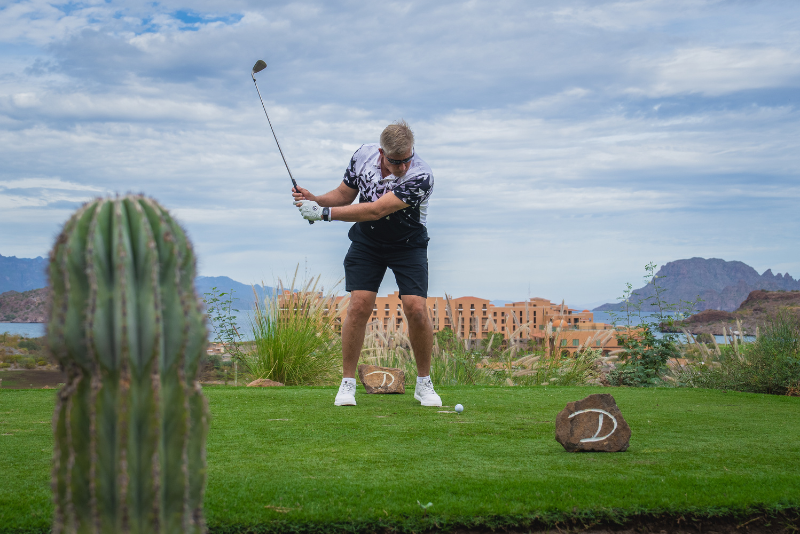

5. Use your wrists
This is very important when you need to maintain club speed, because the less you can generate power in other areas of your body, the more you need to use other levers. To get the feel of using your wrists more in the swing, turn your driver upside down, holding it by the clubhead. Then take a swing, making sure you hear the swoosh. Focus on the noise at the bottom of the swing where the ball would be.
6. A shorter swing means an earlier turn
With less flexibility comes a shorter backswing, so it’s imperative that you complete whatever turn you make as early as possible. A backswing that spends a lot of time going too straight back delays this rotation. The shorter you swing the club back, the earlier you need to start and complete your turn.
7. Proper grip in the fingers
Tension of any kind will make it extremely difficult to generate speed. Always make sure you’re holding the club correctly in the fingers in order to eliminate stress in the hands, wrists, elbows and arms, allowing you to swing freely. If you’re holding the club rather than squeezing it, you should be able to feel the clubhead throughout your swing. If you don’t experience this, you’re probably creating unnecessary tension that is costing you speed and distance. The great Sam Snead once said you should hold the club as you would a live bird—gently, and just firm enough so it can’t fly away.
8. Add some loft
If you’re generating less speed, choose different clubs to help with your launch angle. This is particularly true in the middle of the bag, where club selection can help you get the ball into the air. For instance, try a 7-hybrid rather than a 6-iron, or a 6-hybrid rather than a 5-iron. This equipment switch will enable you to create more loft and a higher ball flight.
9. Add tilt
Tilting your shoulders while using the driver can make a huge difference in the result of the shot. Always make sure your lead shoulder is higher than your trail shoulder at address. By doing so, your driver contact will be directly on the back of the ball on the upswing, which will launch the ball higher and maximize distance.
10. New driver
Can you buy a better game? Yes. With recent golf technology advancements, acquiring a new driver is worth it if you’re looking to maintain or gain distance as you get older. Find a driver that looks and feels good – and allows you to swing freely. Take advantage of demo days, which welcome players to test new products and see which clubs work best for their games.








